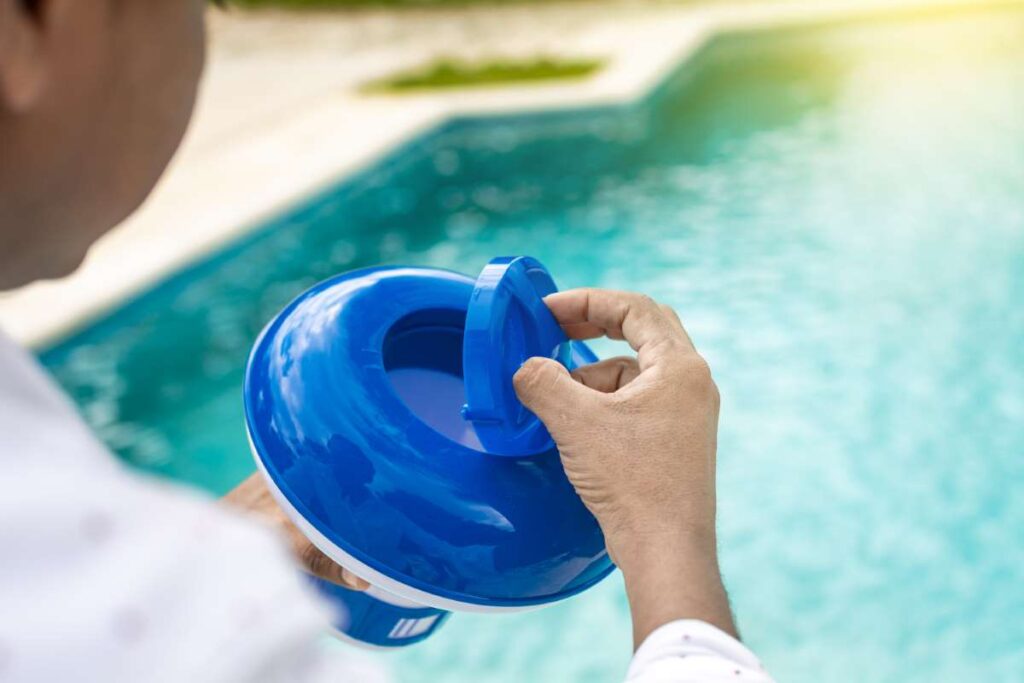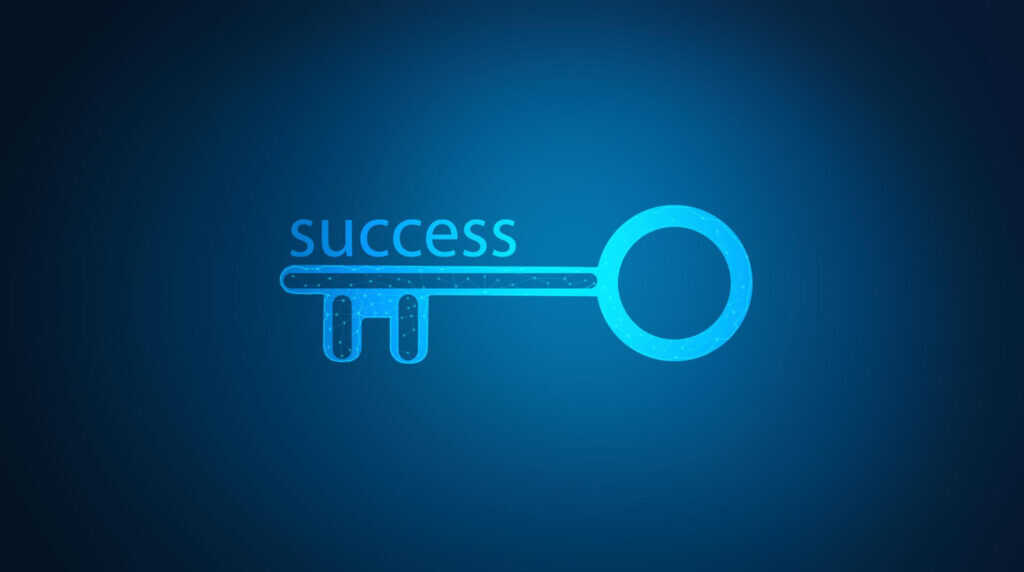Determining the True Cost of Acquiring a New Customer
Understanding the true cost of acquiring a new customer is crucial for any business aiming to grow sustainably and profitably.
In today’s competitive marketplace, businesses are constantly looking for ways to attract and retain customers. Understanding the true cost of acquiring a new customer is essential to achieving growth and sustainability. This blog post will delve into the various factors that contribute to customer acquisition costs (CAC), why they matter, and how businesses can effectively manage and optimize these costs. By the end of this article, readers will have a comprehensive understanding of CAC and practical strategies to ensure their marketing investments yield the highest returns.
Introduction
Understanding the true cost of acquiring a new customer is paramount for businesses seeking growth in a competitive landscape. Customer Acquisition Cost (CAC) encompasses all expenses associated with acquiring a new customer, including marketing, sales, and operational costs. This metric is not just a number; it reflects the efficiency of your marketing strategies and the effectiveness of your sales efforts. As businesses scale, knowing CAC helps in budgeting, forecasting, and strategic planning. This post will explore the components of CAC, its significance, and best practices to optimize it effectively.
Understanding Customer Acquisition Cost (CAC)
– What is CAC? Customer Acquisition Cost is the total expense incurred to acquire a new customer. This includes expenses related to marketing campaigns, sales team salaries, software tools, and any other costs directly associated with attracting new clients.- Calculating CAC: The formula for calculating CAC is straightforward:
CAC = frac{text{Total Marketing and Sales Expenses}}{text{Number of New Customers Acquired}} ] For example, if your business spends $10,000 on marketing and sales in a given month and acquires 100 new customers, the CAC would be: [ CAC = frac{10,000}{100} = 100 ] Thus, it costs $100 to acquire each new customer.- Factors Influencing CAC: Several factors can influence CAC, including: – Marketing Channels: Different channels have varying costs associated with them. For instance, digital marketing may have lower costs compared to traditional advertising. – Sales Cycle Length: A longer sales cycle typically results in higher CAC due to extended sales efforts. – Brand Recognition: Established brands often enjoy lower CAC as they attract customers through brand loyalty and reputation.Understanding these components is crucial for businesses aiming to optimize their customer acquisition strategies.The Importance of Measuring CAC
– Assessing Marketing Effectiveness: By measuring CAC, businesses can determine which marketing channels and strategies are working and which are not. This allows for more informed decision-making regarding where to allocate resources.- Budgeting and Forecasting: Knowing your CAC helps in setting realistic budgets and forecasting future sales. If you understand how much it costs to acquire a customer, you can better predict your revenue and manage expenses.- Evaluating Customer Lifetime Value (CLV): CAC should always be considered alongside Customer Lifetime Value (CLV). If your CAC is too high compared to your CLV, it may indicate a need to rethink your marketing strategies. The ideal ratio of CLV to CAC is generally considered to be 3:1.- Identifying Cost-Saving Opportunities: Regularly analyzing CAC can help identify areas where you can reduce costs without sacrificing quality. This could involve renegotiating supplier contracts, optimizing ad spend, or improving sales processes.Measuring CAC is not just an exercise; it is a vital aspect of business strategy that informs numerous operational decisions.Strategies to Optimize Customer Acquisition Cost
To maintain a healthy CAC, businesses should implement several strategies aimed at improving efficiency and effectiveness:- Targeted Marketing Efforts: – Focus your marketing campaigns on specific demographics that align with your ideal customer profile. This targeted approach ensures that marketing efforts reach those most likely to convert.- Leverage Data Analytics: – Utilize data analytics tools to track customer behavior, preferences, and responses to marketing campaigns. This information can guide your strategies and help refine your approach over time.- Invest in Content Marketing: – High-quality content can attract organic traffic and boost conversion rates while reducing reliance on paid advertising. Create valuable blog posts, videos, and guides that resonate with your target audience and establish your brand as an authority.- Enhance Customer Referral Programs: – Encourage satisfied customers to refer new clients by implementing referral programs. Such programs can significantly decrease CAC since referrals often have higher conversion rates and lower associated costs.- Improve Sales Processes: – Streamline your sales processes to reduce the time and effort required to convert leads into customers. This could involve training sales staff, adopting CRM tools, or refining your sales pitch.- Continuous Testing and Optimization: – Regularly test various marketing strategies and channels to identify the most effective ones. A/B testing can reveal insights about what resonates with your audience, allowing for adjustments that can lower CAC.By employing these strategies, businesses can optimize their CAC, ensuring they are spending their marketing dollars effectively.Real-World Examples of Effective CAC Management
Examining real-world examples can provide valuable insights into CAC management:- Example 1: SaaS Companies: Many software-as-a-service (SaaS) companies utilize a subscription model, making it essential to keep CAC low. For instance, a SaaS company might invest in content marketing to attract leads organically, reducing the need for paid advertising. By offering free trials and leveraging customer testimonials, they convert leads into customers more efficiently, keeping CAC manageable.- Example 2: E-Commerce Brands: An e-commerce company might utilize social media platforms to run targeted ad campaigns. By analyzing customer data, they can create tailored ads that resonate with specific demographics, leading to higher conversion rates and lower CAC. Additionally, by investing in user-generated content and customer reviews, they can enhance brand credibility and drive organic traffic.These examples illustrate how companies across various industries can successfully manage and reduce their customer acquisition costs while maximizing their returns.Conclusion
Determining the true cost of acquiring a new customer is crucial for any business striving for sustainable growth. By understanding and managing Customer Acquisition Cost effectively, companies can allocate resources wisely, improve marketing strategies, and enhance overall profitability. The various strategies discussed in this article—such as targeted marketing, leveraging data analytics, and optimizing sales processes—offer practical pathways to lower CAC and increase the efficiency of business operations. As the market becomes increasingly competitive, businesses that prioritize understanding and optimizing their CAC will likely gain a significant edge. Start evaluating your own customer acquisition costs today and take actionable steps to ensure your growth strategy is built on a solid foundation. For those looking to delve deeper into the intricacies of pool service business models, exploring options like [Pool Routes For Sale could provide valuable insights and opportunities.



